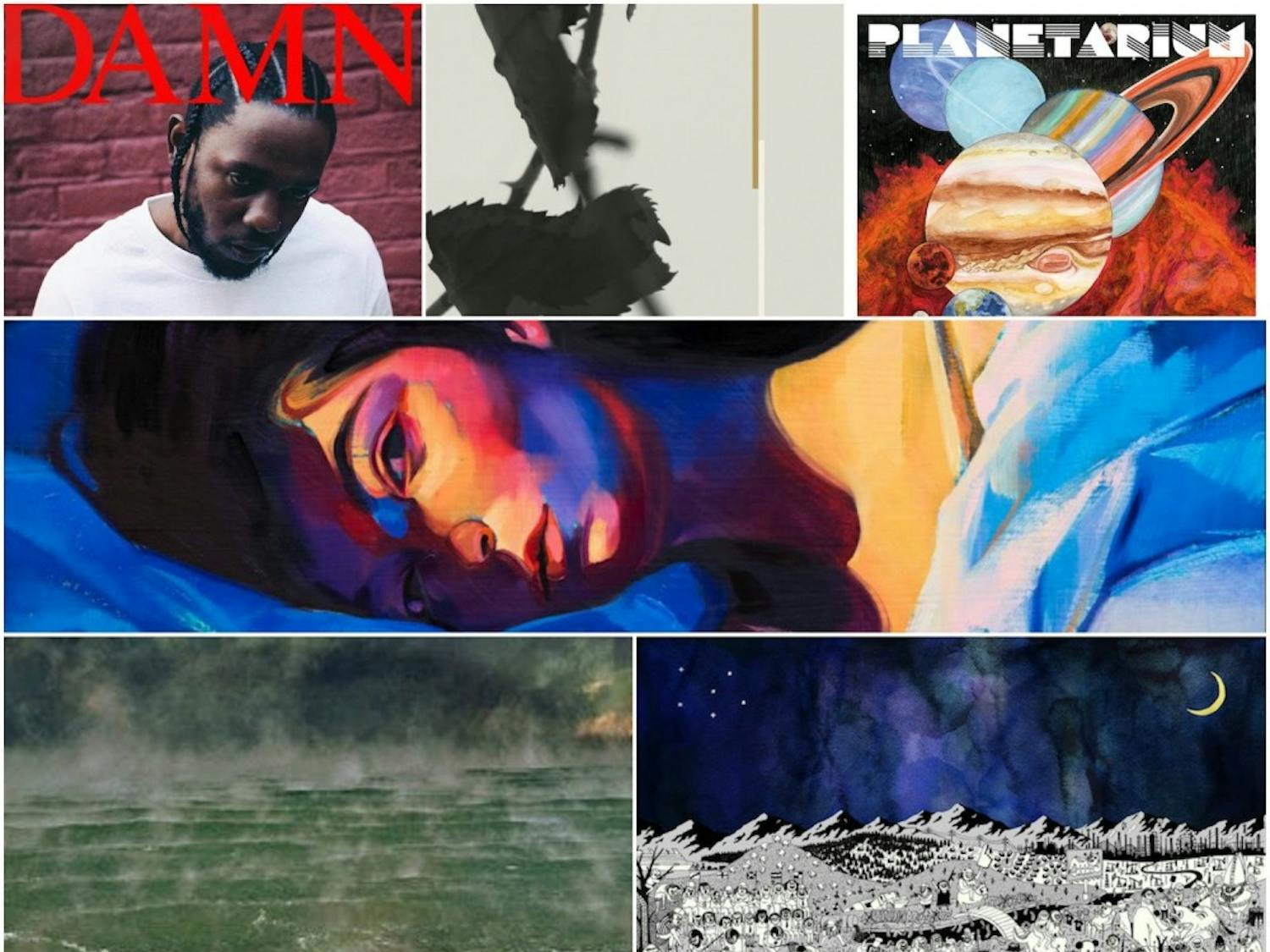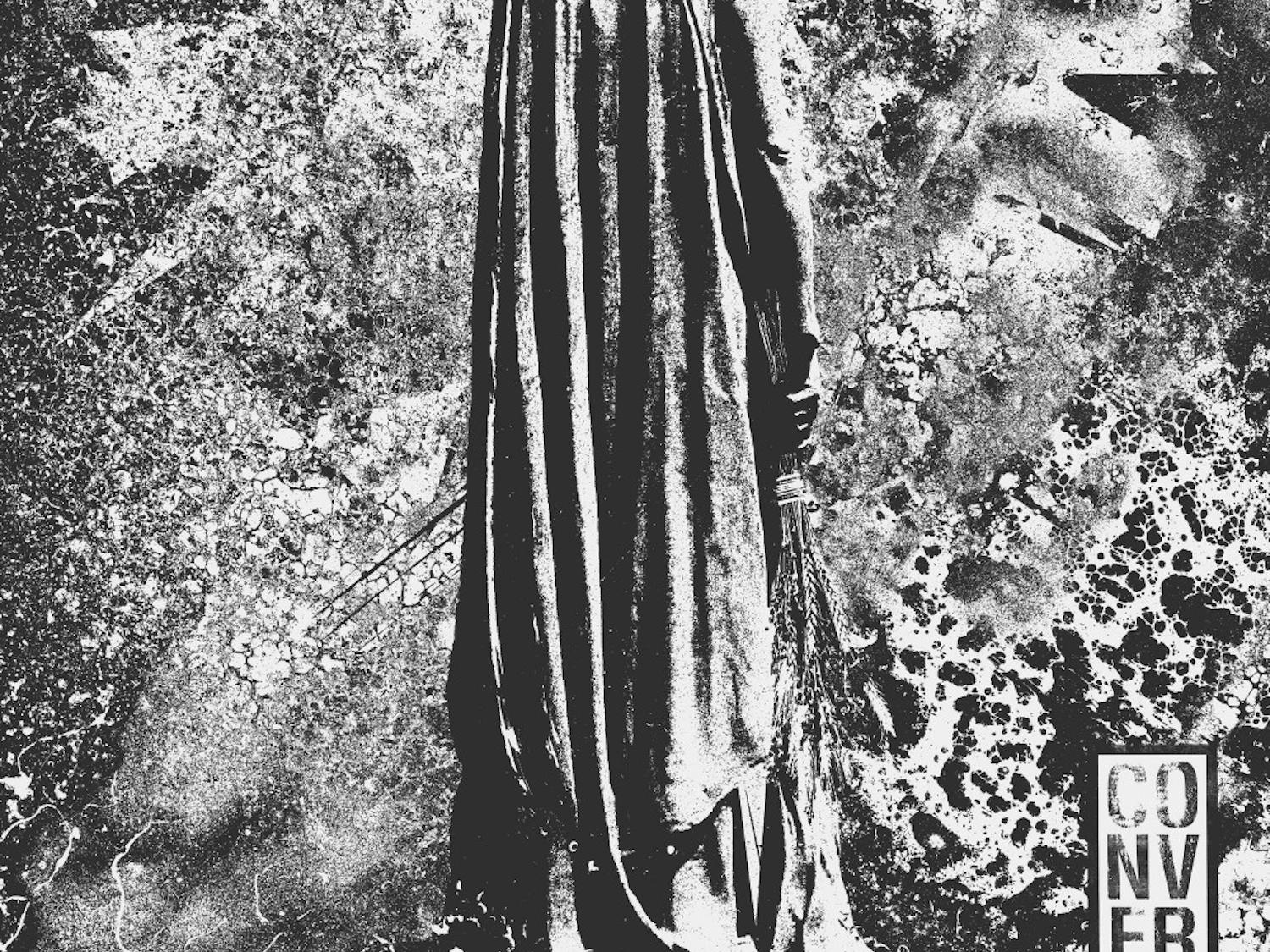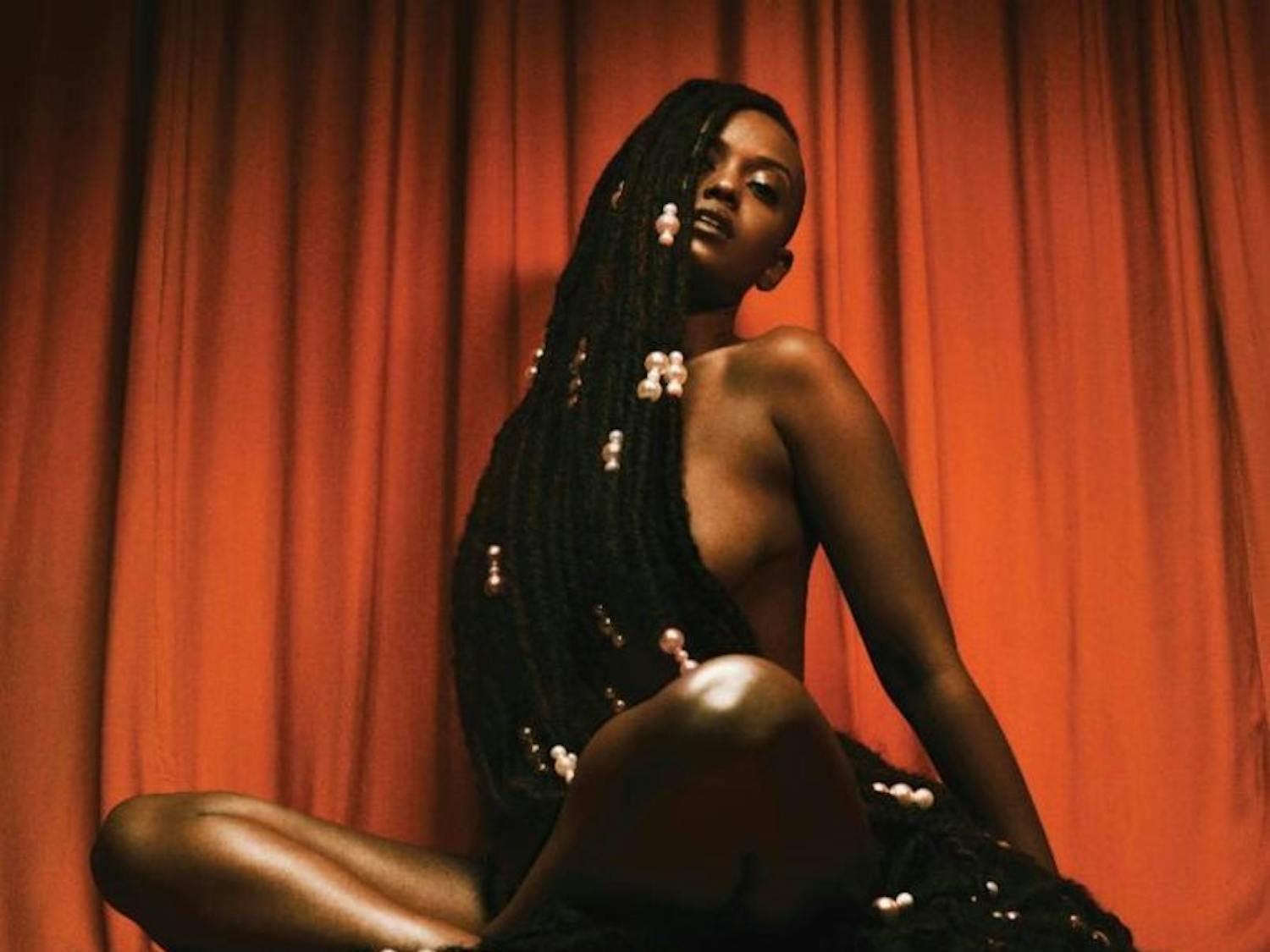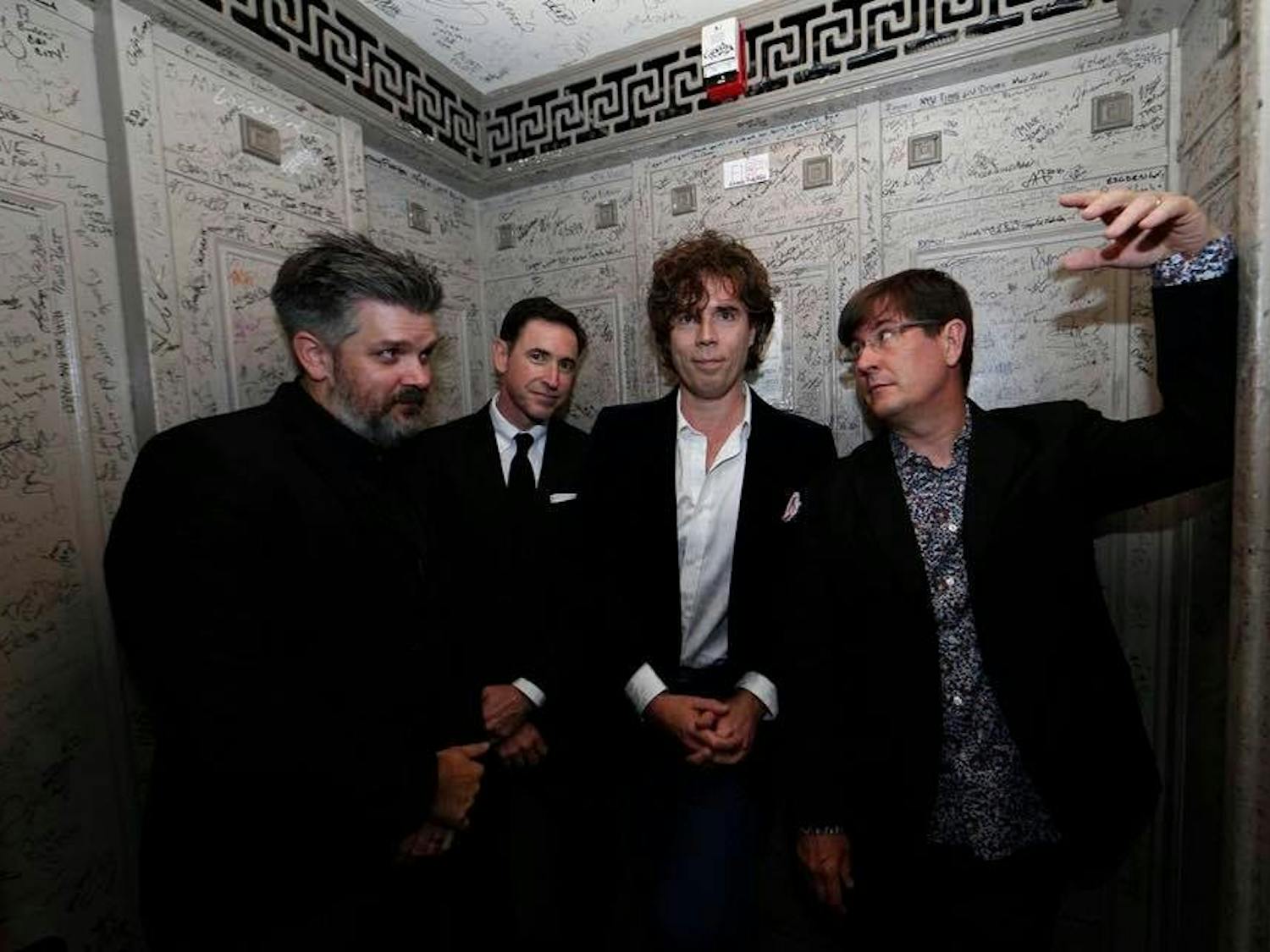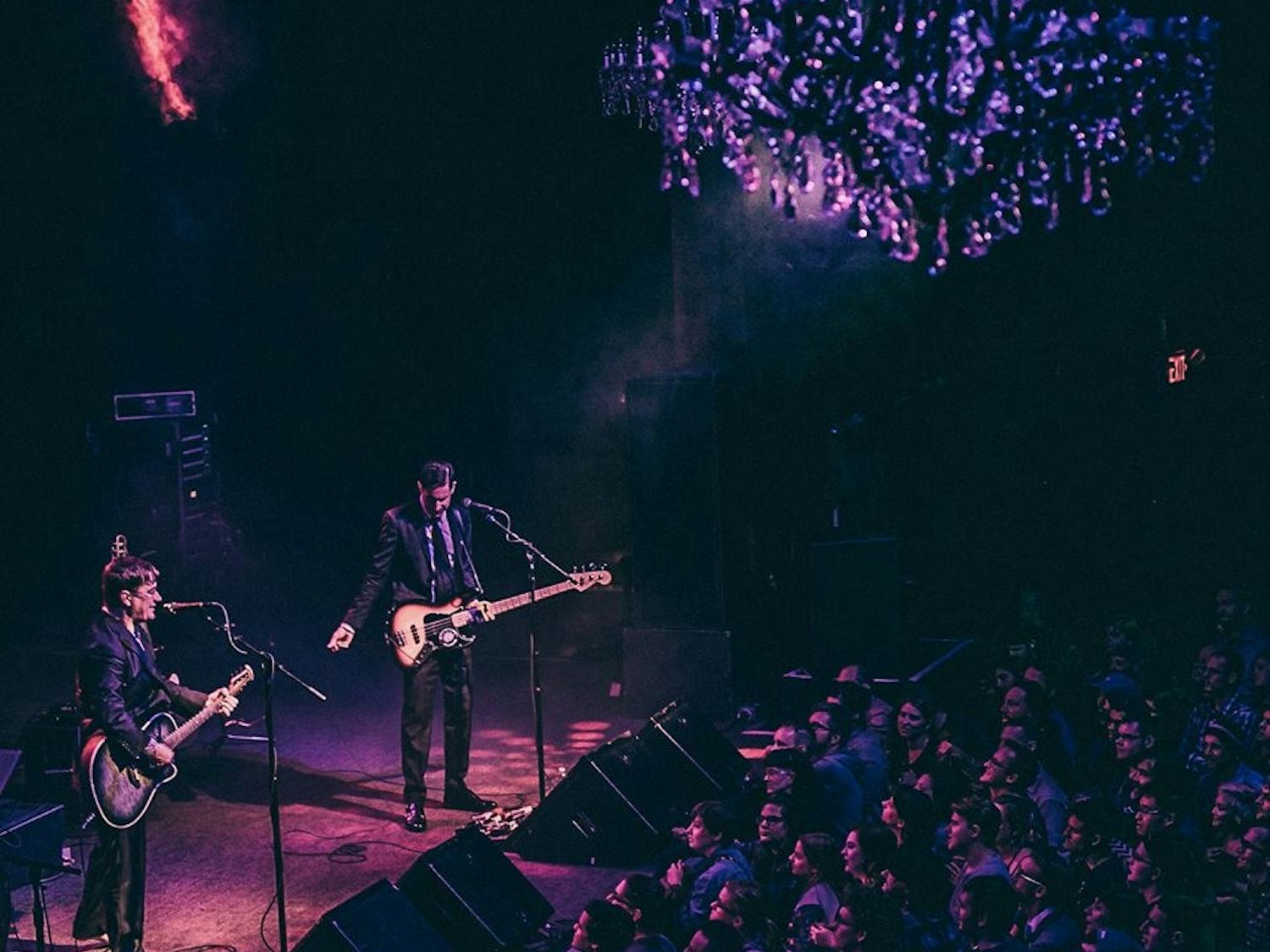Best Albums of 2017: Top 10
Audrin Baghaie , Colton Newman , James Li , Kyle Land and Eric Ng | January 10The contributors assigned for this list, fortunately, all have vastly different music tastes. Each writer was assigned to include two albums, as well as listen to the suggestions by other writers, and contribute accordingly. The result is a shared collective view of ten albums in 2017 that provide the most evocative, genuine, and interesting listening experiences. Due to the nature of the collaborative piece, albums are not ranked numerically. Each record is considered a number one, so to speak, and are presented alphabetically with the respective writer credited for their contribution. Here's to a new year that's louder than the last.



